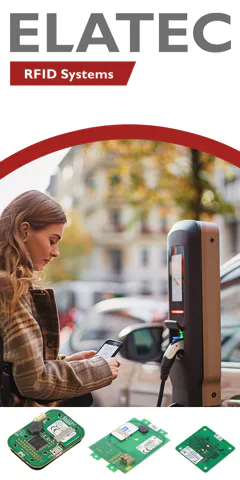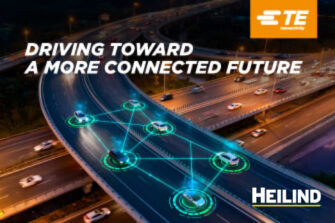The convenience and simplicity of using proximity technologies such as RFID or NFC often involve a series of complications from the development side. This includes not only security but also the extremely broad compatibility that devices must demonstrate. ELATEC offers readers that simplify the design stage.
The role of RFID technology in infrastructure for electric vehicles cannot be overstated. Wireless identification and communication enable convenient and secure use of chargers available in public spaces, as well as private devices. Moreover, encrypted user authentication facilitates fleet management, user billing, and automated access control (e.g., to garages, parking lots).
ELATEC produces advanced reader modules designed to facilitate integration in devices such as charging stations. A huge advantage of the manufacturer’s readers is the possibility of software configuration, which allows them to be adapted to numerous applications and periodically updated.
In this article, we cover topics such as:
- The use of RFID readers in EV infrastructure
- Simplified implementation of ELATEC access solutions
- Support for access control using NFC and smartphones
- ELATEC’s innovative proposal for AFIR-compliant ad-hoc payments
- Efficient and scalable technologies for all global markets
- Prototyping with the TWN4 MultiTech evaluation kit
- Comprehensive characteristics of ELATEC’s RFID readers
The Role and Challenges for RFID Technology in EV Infrastructure
The EV industry poses serious challenges for designers dealing with access control and cashless payments. RFID (Radio-Frequency Identification) is a domain that includes many subcategories and technologies – thus, achieving devices with the broadest possible compatibility can be very problematic. If an electric vehicle charging station is to have options for user authentication via a card and a smartphone – the project becomes deeply complicated. And it is associated with the important topic of personal data protection.
ELATEC, working with many global partners, is well aware of these challenges. Therefore, it offers access solutions that on one hand maximize the safety and functionality of RFID technology, and on the other – minimize the work that designers will have to put into implementing a proximity communication system.
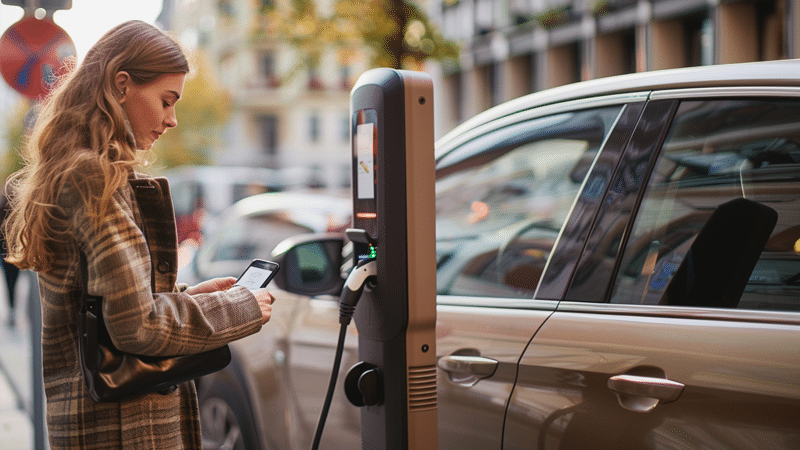
Facilitating payments for charging electric vehicles is one of the main goals of the AFIR directive.
It should be noted that in many regions of the world, there is currently a dynamic process of developing infrastructure for EVs (Electric Vehicle). For example, in the European Union provisions of the AFIR directive began to apply from April 2024.
Alternative Fuels Infrastructure Regulation, is an EU regulation that amongst other things requires the ability for customers to be able to make ad-hoc payments, without a charger-specific membership or subscription. That’s great for consumers, but a challenge for OEMs and CPOs. In close collaboration with partner, ELATEC created an innovative dynamic payment solution via NFC that enables secure, ad-hoc payments without requiring an app or display — bringing their charging equipment into compliance with AFIR requirements. This project is a strong example of how Elatec supports partners with expertise and flexible technology to meet evolving market and regulatory demands.
Let’s look at the most important features and advantages of ELATEC readers in the context of infrastructure intended for electrified motoring.
Compact Dimensions
The offered readers are small PCB circuits, on which all the necessary components for independent operation are placed (in most cases also an antenna/coil). For example: the size of a single module from the TWN4 MultiTech 3 series is 50x35mm with a height of just 7mm. Such a format allows installation even in very limited space when creating embedded systems.
It is also worth noting that the readers are characterized by wide thermal tolerance (e.g., operating temperatures from -25°C to 80°C), which will be important in industrial applications, as well as when installing in devices operating outside buildings (ticket machines, gates, etc.)
Communication Interfaces
The readers are equipped with a range of interfaces (depending on the model) commonly used in computers and the electronics industry. They have, for example, USB ports and UART (an adapter for the PC serial port or for the RS-232 bus is also available). Communication with the module is also possible in I2C standard.
Supported Technologies
As already mentioned, the term RFID is a very broad concept that includes many technologies. In total, ELATEC readers are adapted to support over 60 RFID technologies, both LF (125kHz), HF (13.56MHz) and – very importantly – NFC. Near Field Communication allows for among other things, authentication using smartphones.
Secure and Easy Authentication
At electric vehicle charging stations, ELATEC readers enable quick and intuitive initiation of the charging session using an RFID tag (card/key fob), or smartphone, without requiring the use of a special app.
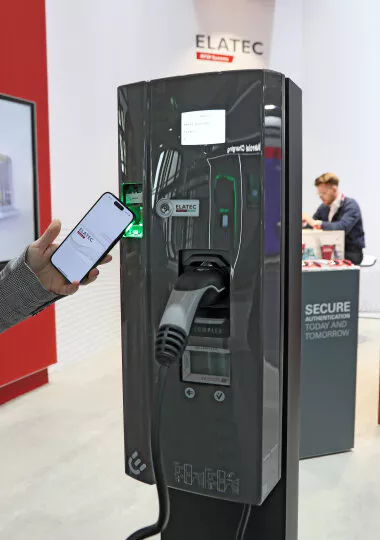
NFC (a subset of RFID technology) is becoming the basic method of cashless payment.
Scalability and SDK
ELATEC offers its own programming environment for modules, ELATEC DevPack. Thanks to it, the firmware of the reader can be efficiently created and updated in accordance with evolving market and technology requirements, eliminating the need for physical replacement of modules. This significantly extends their lifespan, while reducing maintenance costs. Software configuration is simple, thus further shortening the time for prototyping and introducing new solutions to global markets – facilitating the adaptation of the project to local consumer, public, or commercial sector requirements. It is worth noting that ELATEC readers can optionally be programmed and configured even after they have been integrated into target devices, using a configuration card. This means that their reprogramming or updating “in the field” poses no difficulty whatsoever, even long after installation.
Product Overview
It is worth noting that ELATEC’s products are diverse primarily in terms of their intended application – because regardless of the version, they offer very rich possibilities. For example, the TWN4 MultiTech Mini series is designed for installation in a circuit. It has pin headers (so-called “goldpin” at 2.54mm pitch), which simplifies the construction of the main board on which they will be placed.
The offer also includes the T4MK-F startup kit, which consists of an evaluation board, a reader module, two cards, and a USB connection cable. This is an excellent tool for designers interested in ELATEC access solutions and the ability to work in the TWN4 DevPack environment.
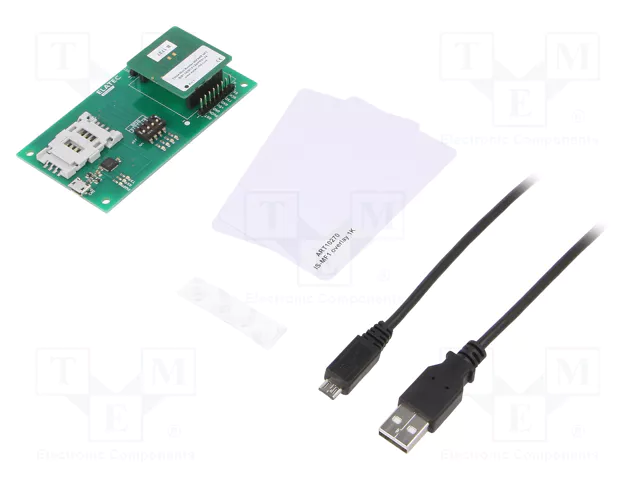
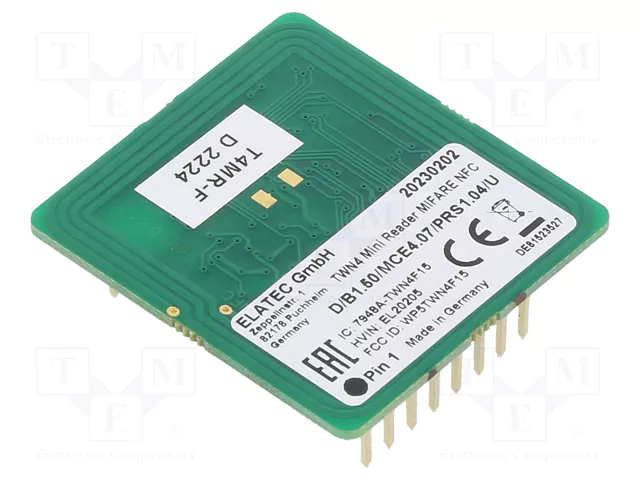
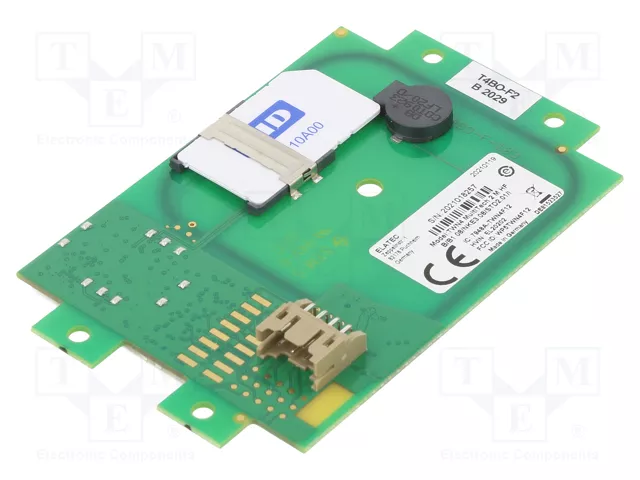
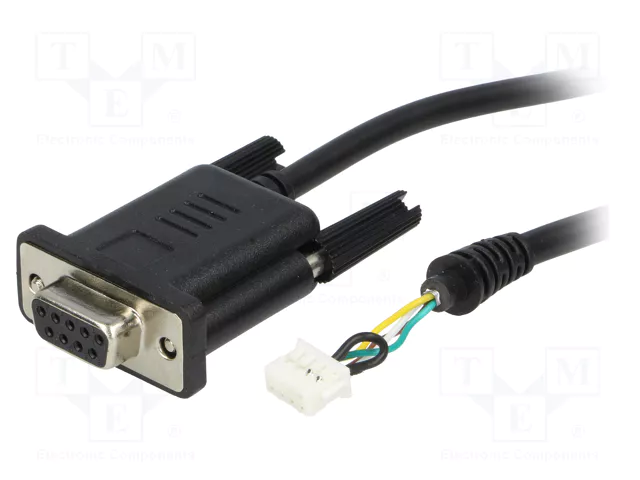
TWN4 Generation Readers
The TWN4 product generation includes several series. In the case of MultiTech2, the focus is on compact design suitable for readers serving as computer peripherals, connected via USB cable or to a serial port (voltage converter cable available as an accessory). Like almost all supplier products, the modules support technologies operating in lower (LF) and higher (HF) RFID bands.
The smallest readers from the supplier are the TWN Mini series. Despite their unassuming sizes (PCB 50x50mm), they can also be programmed to perform various functions. They are available in versions with integrated antennas or for connecting an external antenna. They operate on the 13.56MHz band, can be powered by typical DC voltages (3.15…5.5V) and have a selection of popular communication interfaces, including GPIO port.
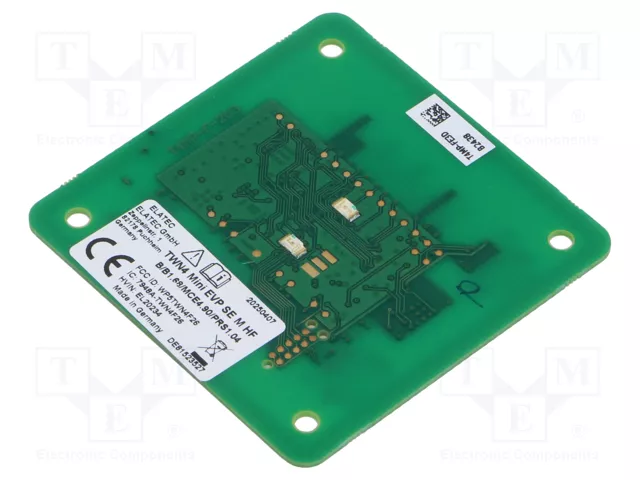
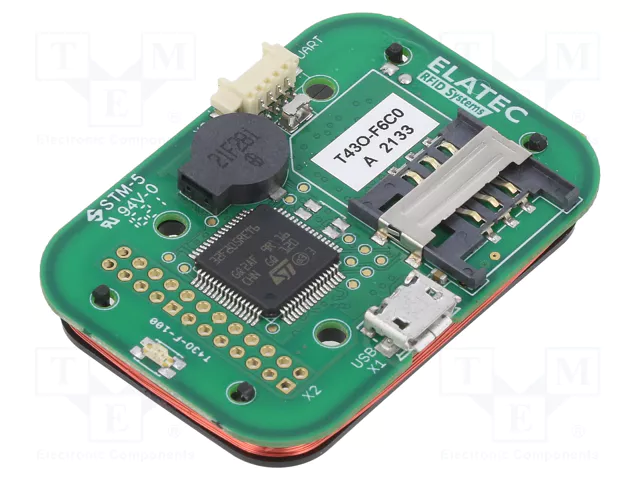
The TWN4 MultiTech 3 series is the most diverse group of readers, including models equipped with BLE module (Bluetooth Low Energy), which opens up additional possibilities for authentication using mobile devices (phones, watches, tablets etc.), but at a greater distance than other technologies – theoretically up to 10m, in practice it is a distance of several meters, quite comfortable for EV applications. The circuits have SAM card slots (Secure Access Module) and work with technologies based on 125kHz and 13.56MHz bands. The boards are equipped with coil-antennas and non-volatile memory of 18kB size.



